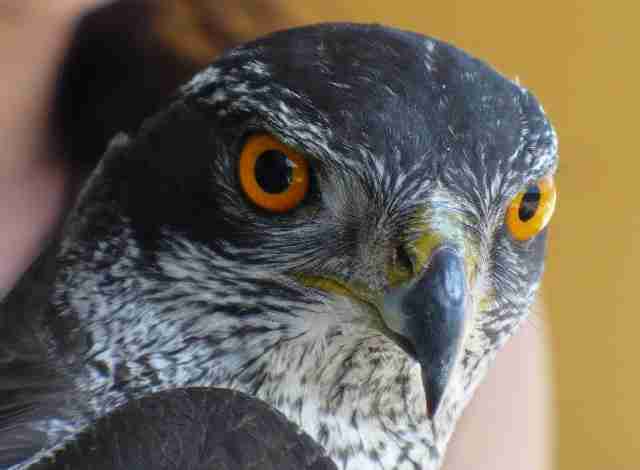Falconry, a living human heritage
Born as a method of obtaining food, the practice of falconry has evolved over time, expressing links with the preservation of nature, cultural heritage and the contact among communities. Following their own traditions and ethical principles, falconers train and feed birds of prey by developing a strong bond with them. In addition to falcons, birds of prey include birds such as eagles and hawks.

FFalconers consider themselves to be a group and they can travel weeks engaging in the practice of falconry. They see falconry as a connection with the past: this is especially true for those falconers who belong to communities in which this practice is one of the few remaining links with their natural environment and traditional culture. From generation to generation, the transmission of knowledge and skills occurs within families both informally and through training in schools. Meetings and festivals of Falconry are important opportunities to share knowledge and promote diversity.
Several countries – a Cultural Heritage
Hawk hunting was the favorite pastime of medieval kings and knights in Europe and was also popular among the Arabs and nomads of Central Asia. In 2016 UNESCO listed falconry – a living human heritage – in the Intangible Cultural Heritage of Humanity, in the following countries: Austria, Belgium, Czech Republic, France, Germany, Hungary, Italy, Kazakhstan, Republic of Korea, Morocco, Mongolia, United Arab Emirates, Qatar, Pakistan, Portugal, Saudi Arabia, Spain and Syria. In 2021, added Croatia, Ireland, Kyrgyzstan, Netherlands, Poland, Slovakia and Syrian Arab Republic. Living human heritage specifically refers to practice of falconry along the migration routes used by falcons for thousands of years.

The origins of falconry are somewhat uncertain: it is unknown when it first emerged or where it came from. Certainly its existence dates back thousands of years. And the practice can be traced to several regions of the world including: Mongolia, Mesopotamia, China, Persia, Japan and Arabia.
Falconry in Europe
TThe development of falconry in Europe took place during the Barbarian Invasions. In Italy, the “noble father” of falconry was the Emperor Frederick II of Swabia. Who, around 1260, wrote a famous treatise on the subject known as the “De arte venandi cum avibus”. The techniques of breeding and training of birds of prey, those of hunting and the classification of game have remained practically unchanged since then. However, social transformations and the decline of nomadism, together with the disappearance of many species of birds of prey, have transformed falconry into a niche tradition. After a brief decline in the eighteenth and nineteenth century in Europe, this practice started revitalizing itself. Re-igniting the contact between increasingly urbanized populations and the countryside.

Today, a large number of young people study and practice falconry.
The hawk has never been a species successfully domesticated by man. As it is hard to train with methods of coercion. A relationship of trust, respect and equality is needed to successfully train these birds of prey. For most cultures, the hawk is an extension of man. The eyes of the hawk go beyond, where man can not reach.
This very strong bond. This remaining anchored to the past but at the same time looking to a better future, led UNESCO to register falconry on its Intangible Cultural Heritage List. With the special wording of “Living Human Heritage”.
In fact, falconry represents an extraordinarily vast and unknown cultural heritage. There are many and varied themes to which it is linked. In it we find references in art, literature, poetry, toponymy and family names, music, theatre and much more.
Resume
Falconry is the art and practice of training and flying birds of prey to hunt animals in their natural environment. Born as a method of obtaining food, the practice of falconry has evolved over time, expressing links with the preservation of nature, cultural heritage. And the contact among communities. The art of falconry is practiced in more than 60 Countries around the world. In each country there are different recurring elements but also many peculiarities. A fixed point, however, is the inseparable relationship of man with nature; in fact, the relationship between human beings and birds of prey in the context of falconry is unique. For this reason, UNESCO included this art on the Intangible Cultural Heritage List.
